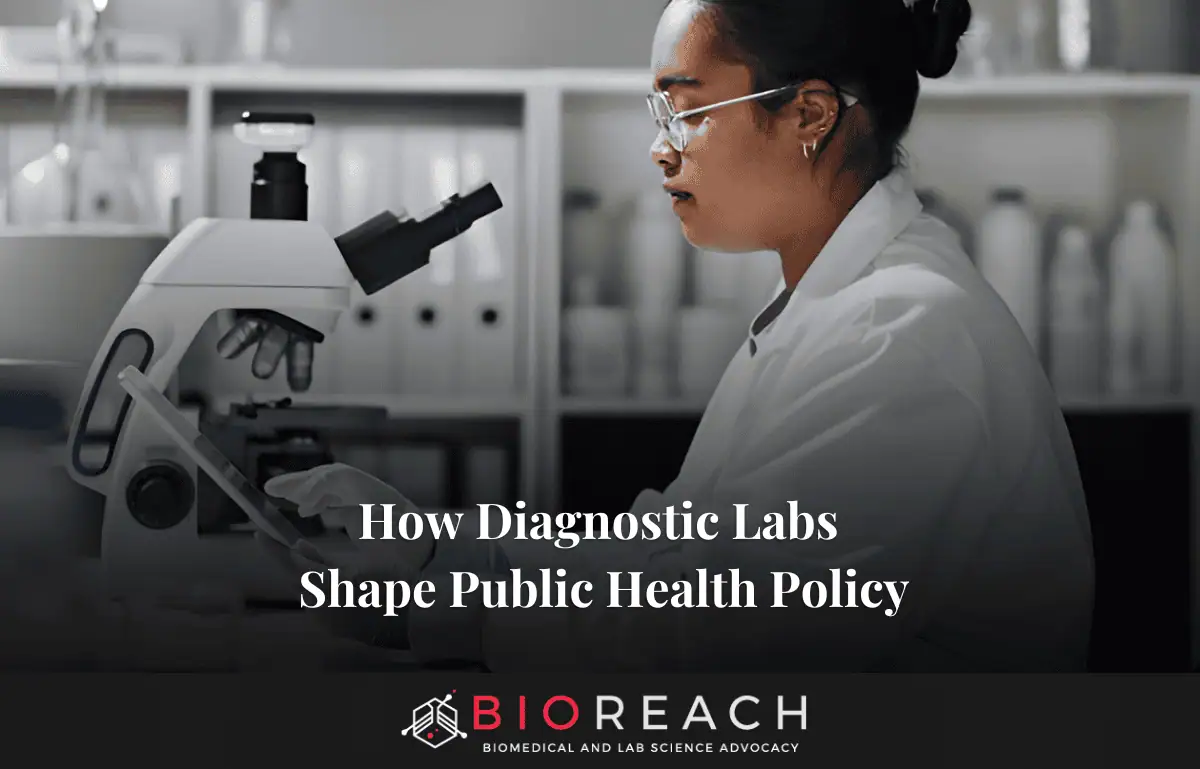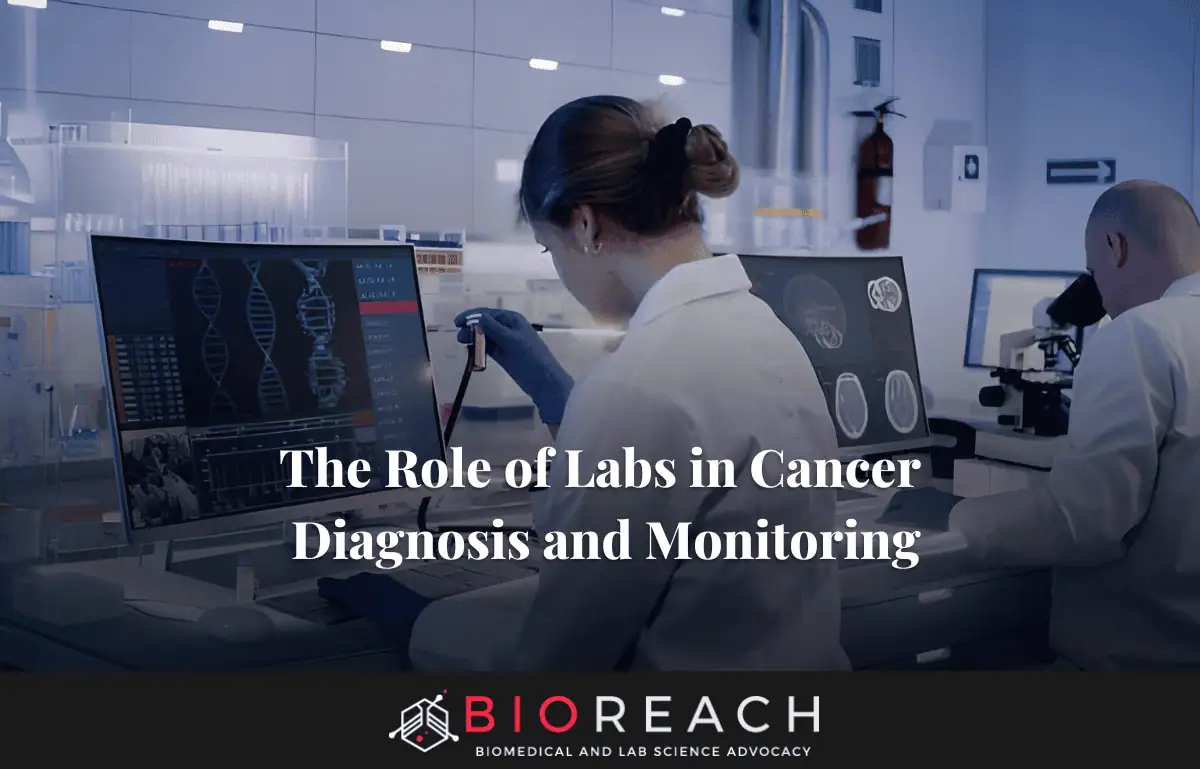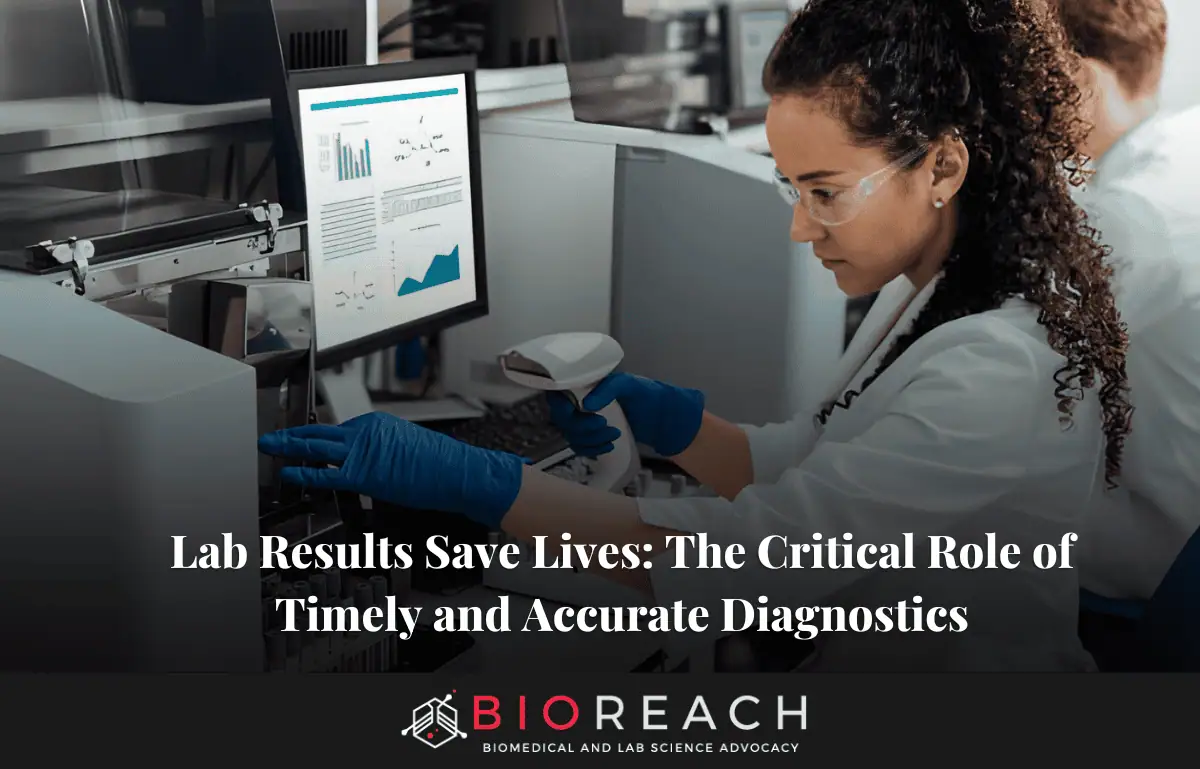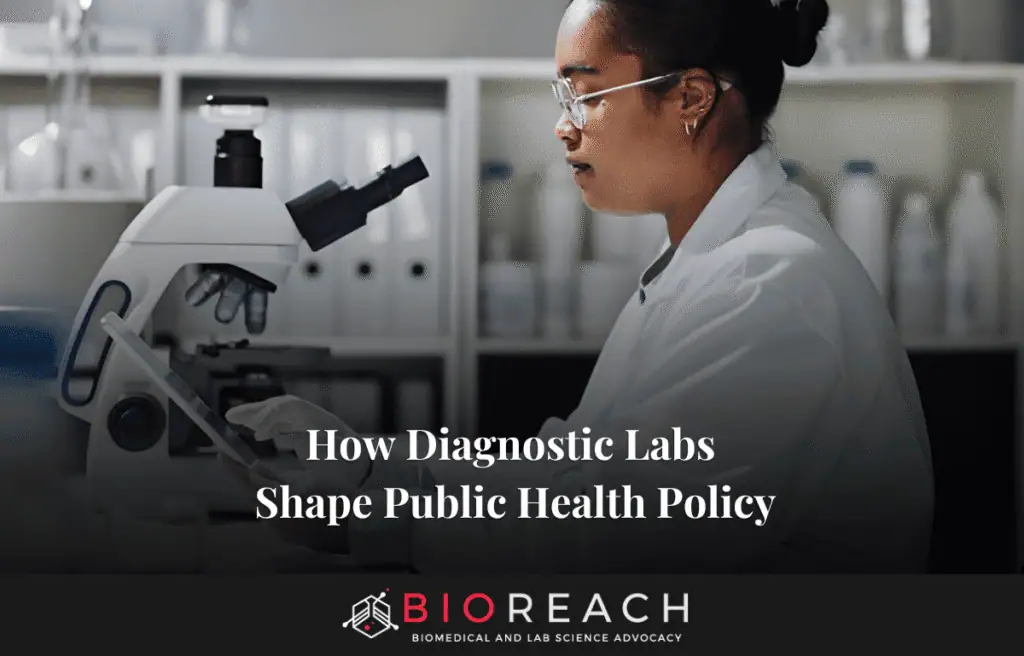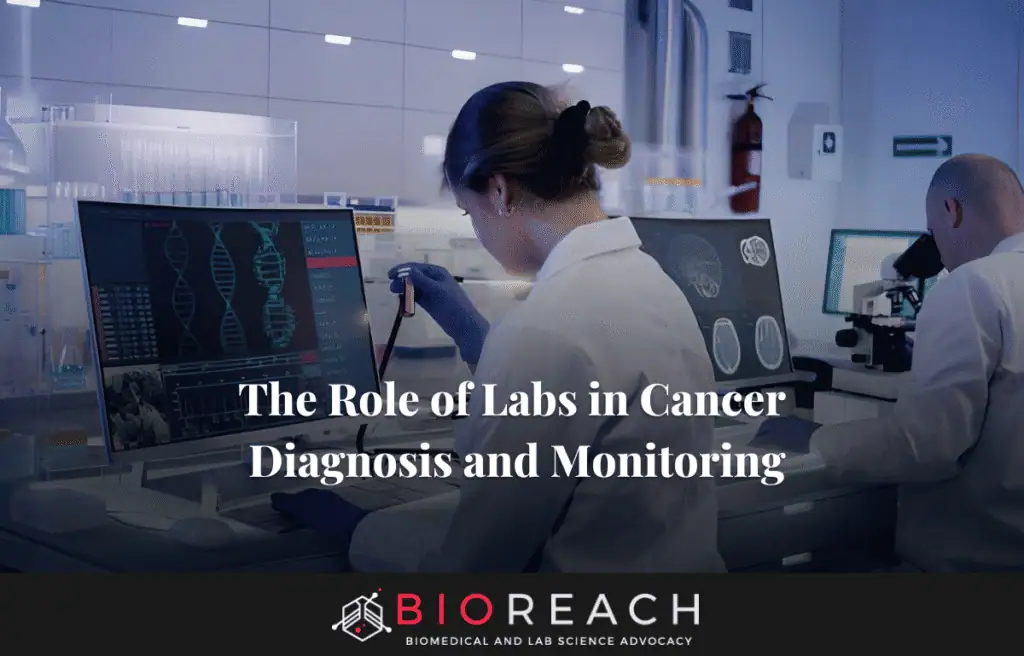Diagnostic labs play a crucial role in collecting and analyzing health data that helps shape public health policy. By identifying disease trends, tracking outbreaks, and providing accurate test results, these labs offer valuable insights that guide government decisions and healthcare strategies. From pandemic preparedness to vaccination programs, diagnostic laboratories supply the evidence policymakers need to protect communities and improve population health outcomes.
As global threats like antimicrobial resistance and climate-driven diseases intensify, these labs aren’t just processing samples; they’re generating the hard evidence that propels governments to enact quarantines, allocate billions in funding, and redefine healthcare access. With over 100 million tests conducted annually by U.S. public health labs alone, their insights form the backbone of policies that prevent outbreaks and promote equity, turning microscopic discoveries into macroscopic societal shifts.
In an era where pandemics, antimicrobial resistance, and environmental hazards loom large, diagnostic laboratories, often called public health labs (PHLs), serve as the frontline sentinels. They don’t just test samples; they generate the evidence that informs everything from emergency responses to long-term health equity initiatives. According to the Association of Public Health Laboratories (APHL), PHLs conduct over 100 million tests annually in the U.S. alone, providing data that underpins 70% of clinical decisions and shapes policy at local, national, and global levels. This article delves into the intricate ways diagnostic labs mold public health policy, exploring their foundational roles, key mechanisms of influence, technological advancements, real-world case studies, persistent challenges, and forward-looking trends.
The Critical Role of Diagnostic Labs to Shape Public Health Policy
Diagnostic labs encompass a spectrum from clinical facilities focused on individual patient care to specialized PHLs dedicated to population-level threats. Unlike hospital labs that prioritize immediate diagnostics, PHLs emphasize proactive surveillance, outbreak investigation, and policy-relevant research. As defined by the Centers for Disease Control and Prevention (CDC), PHLs perform core functions like disease prevention, control, and surveillance, helping to Shape Public Health Policy by integrating lab data with epidemiological insights to guide critical public health actions.
At their essence, these labs act as powerful data hubs. They detect pathogens through microbiology, virology, and molecular testing, identifying trends that signal emerging threats. For instance, routine screening for antibiotic-resistant bacteria in labs informs national guidelines on antimicrobial stewardship, directly influencing vital policies like the U.S. National Action Plan for Combating Antibiotic-Resistant Bacteria. In environmental health, labs analyze water, air, and soil samples to pinpoint contaminants, leading to essential regulations such as those under the Safe Drinking Water Act. This dual role, diagnostic and advisory, positions labs as pivotal in translating science into actionable and impactful policy.
Historically, the evolution of PHLs mirrors public health’s remarkable maturation. In the early 20th century, labs were instrumental in eradicating devastating diseases like smallpox through vaccine efficacy testing. Today, they underpin global frameworks like the World Health Organization’s (WHO) International Health Regulations, where lab-confirmed data triggers urgent global alerts. Local PHLs, often underfunded yet indispensable, bridge gaps by providing rapid testing during crises, ensuring policies reflect ground-level realities. Without this robust infrastructure, policies would rely on anecdotal evidence, risking inefficiencies and inequities.
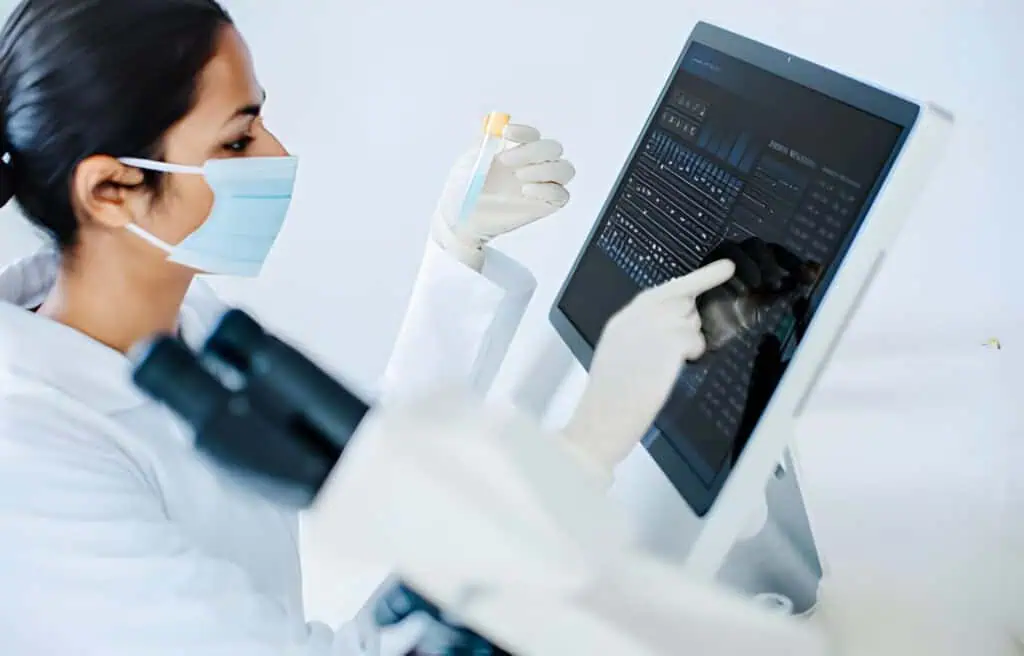
Mechanisms Through Which Labs Influence Policy
Diagnostic labs shape policy via several interconnected pathways, starting with surveillance—the systematic collection and analysis of health data. Labs monitor infectious diseases through networks like the CDC’s PulseNet, which uses whole-genome sequencing (WGS) to track foodborne outbreaks. In 2024, PulseNet data led to recalls of contaminated produce, prompting FDA policy updates on food safety standards. This surveillance extends to non-communicable diseases; lab tests for biomarkers of chronic conditions, informing policies on screening programs like those for colorectal cancer under the Affordable Care Act.
Another key mechanism is evidence generation for regulatory decisions. Labs validate diagnostic tools, influencing approvals by bodies like the FDA. During the mpox outbreak in 2022-2023, lab evaluations of PCR assays shaped emergency use authorizations (EUAs), accelerating vaccine distribution policies. Labs also contribute to health equity policies by identifying disparities; for example, testing data from underserved communities has driven initiatives like the CDC’s Racial and Ethnic Approaches to Community Health (REACH) program.
Policy advocacy is a subtler influence. PHL leaders often testify before legislatures, using lab data to advocate for funding or reforms. In 2023, APHL’s reports on lab workforce shortages influenced the Public Health Workforce Loan Repayment Act. Internationally, labs like those in the WHO’s Global Influenza Surveillance and Response System provide data that informs vaccine composition policies, affecting billions annually. Through these channels, labs ensure policies are data-driven, adaptive, and inclusive.
Technological Advancements Empowering Lab Influence
Technology amplifies labs’ policy-shaping power. Next-generation sequencing (NGS) allows rapid pathogen identification, as seen in tracking SARS-CoV-2 variants, which informed booster vaccine policies worldwide. Artificial intelligence (AI) integrates lab data with big data analytics, predicting outbreaks and guiding resource allocation. In 2025, AI-driven platforms in European labs forecasted antimicrobial resistance patterns, influencing EU policies on antibiotic use in agriculture.
Point-of-care testing (POCT) decentralizes diagnostics, enabling real-time policy responses in remote areas. During the 2024 Ebola resurgence in Africa, POCT kits validated by labs accelerated quarantine policies, containing the spread. Digital health integration, via electronic lab reporting (ELR), ensures seamless data flow to health departments, enhancing surveillance efficiency. The CDC’s National Electronic Disease Surveillance System (NEDSS) relies on this, shaping state-level reporting mandates.
Emerging tools like CRISPR-based diagnostics offer ultra-sensitive detection, potentially revolutionizing policies on biosecurity. Labs’ role in validating these technologies ensures they meet regulatory standards, directly impacting adoption policies. As tech evolves, labs must balance innovation with equity, influencing policies on access and training.

Case Studies: Labs in Action Shaping Policy
Real-world examples vividly illustrate labs’ impact. During the COVID-19 pandemic (2020-2023), PHLs in the WHO South-East Asia Region (SEAR) expanded testing capacity from 100,000 to over 10 million tests monthly, revealing gaps in preparedness. This data prompted policy reforms, including the establishment of regional diagnostic networks and increased funding for lab infrastructure. In India, lab surveillance data influenced the National Digital Health Mission, integrating diagnostics into universal health coverage.
In the U.S., the 2022 proposal for a National Diagnostics Action Plan stemmed from lab insights during COVID, advocating for integrated surveillance systems. State PHLs identified flaws in CDC tests early on, leading to policy shifts toward decentralized testing and EUAs for over 380 developers. A 2023 Health Affairs analysis proposed case-finding diagnostics to bridge public health and medical systems, influencing the American Rescue Plan’s lab investments.
Globally, labs shaped antibiotic policy through surveillance. The UK’s English Surveillance Programme for Antimicrobial Utilisation and Resistance (ESPAUR) used lab data to reduce antibiotic prescriptions by 13% from 2019-2024, informing national guidelines. In low-income countries, FIND’s diagnostic evaluations influenced WHO policies on tuberculosis testing, leading to subsidized GeneXpert machines in over 100 nations. These cases highlight labs’ transformative role, turning crises into policy catalysts.
From X (formerly Twitter), recent discussions underscore ongoing influence. In 2022, FDA Commissioner Stephen Hahn highlighted over 235 labs initiating COVID testing under emergency policies, shaping rapid authorization frameworks. A 2021 post from a hematology professor noted discrepancies in lab policies affecting reporting, influencing harmonization efforts in Pakistan’s public health system.
Challenges Facing Labs in Policy Influence
Despite their prowess, labs face hurdles that dilute their policy impact. Funding shortages are chronic; U.S. PHLs operate on budgets averaging $10 million annually, insufficient for advanced tech adoption. Workforce deficits exacerbate this post-COVID burnout, leading to 20% vacancy rates in 2024. Data silos hinder integration; disparate systems cause delays in reporting, weakening policy responsiveness.
Equity issues persist: In low- and middle-income countries (LMICs), labs lack resources for surveillance, skewing global policies toward high-income data. Ethical concerns, like data privacy under HIPAA, complicate sharing for policy-making. Climate change adds pressure, as labs must adapt to emerging vector-borne diseases, influencing policies on environmental monitoring. Addressing these requires policy reforms prioritizing lab resilience.

Future Directions: Evolving Lab-Policy Synergies
By 2030, labs will leverage AI and blockchain for secure, real-time data sharing, informing agile policies like dynamic quarantine measures. Multi-omics testing will predict disease burdens, shaping preventive policies on nutrition and urban planning. Global initiatives, such as the WHO’s proposed diagnostic hubs in LMICs, aim to equalize influence.
Sustainability will be key; labs adopting green practices could influence eco-health policies. Collaborative models, like public-private partnerships, will enhance capacity, as seen in the U.S. proposal for integrated systems. Ultimately, empowering labs ensures policies evolve with threats, fostering resilient societies.
Conclusion
Diagnostic labs are the unsung linchpins of public health policy, converting microscopic insights into macroscopic change. From surveilling pathogens to validating innovations, they provide the empirical backbone for decisions affecting millions. As evidenced by COVID-19 and beyond, their influence is profound yet often overlooked. Tackling challenges like funding and equity will amplify this role, paving the way for a healthier future. In the end, investing in labs isn’t just about science; it’s about sculpting policies that protect humanity’s collective well-being.

